Meet the Six Feet Office
A return to the workplace means employers need reimagine their physical space for the realities of COVID-19
Advertisement
Read this article for free:
or
Already have an account? Log in here »
To continue reading, please subscribe:
Monthly Digital Subscription
$0 for the first 4 weeks*
- Enjoy unlimited reading on winnipegfreepress.com
- Read the E-Edition, our digital replica newspaper
- Access News Break, our award-winning app
- Play interactive puzzles
*No charge for 4 weeks then price increases to the regular rate of $19.00 plus GST every four weeks. Offer available to new and qualified returning subscribers only. Cancel any time.
Monthly Digital Subscription
$4.75/week*
- Enjoy unlimited reading on winnipegfreepress.com
- Read the E-Edition, our digital replica newspaper
- Access News Break, our award-winning app
- Play interactive puzzles
*Billed as $19 plus GST every four weeks. Cancel any time.
To continue reading, please subscribe:
Add Free Press access to your Brandon Sun subscription for only an additional
$1 for the first 4 weeks*
*Your next subscription payment will increase by $1.00 and you will be charged $16.99 plus GST for four weeks. After four weeks, your payment will increase to $23.99 plus GST every four weeks.
Read unlimited articles for free today:
or
Already have an account? Log in here »
Hey there, time traveller!
This article was published 31/08/2020 (1910 days ago), so information in it may no longer be current.
The traffic at the Donald Street office of Cushman & Wakefield | Stevenson is steady, but much like the vehicles speeding by on the road below, it only goes in one direction.
“It takes some getting used to,” said the branch’s president, Aaron DeGroot, who in walking only clockwise from the elevator has to circumnavigate the entire fourth floor just to get to his desk.
The new route might be a slight inconvenience, but it’s a key element to the company’s efforts to make its workforce comfortable and safe returning to their cubicles and boardrooms. One-way traffic is just one example of several protocols outlined in the Six Feet Office strategy, which was developed by the global real estate network’s Netherlands office earlier this year.
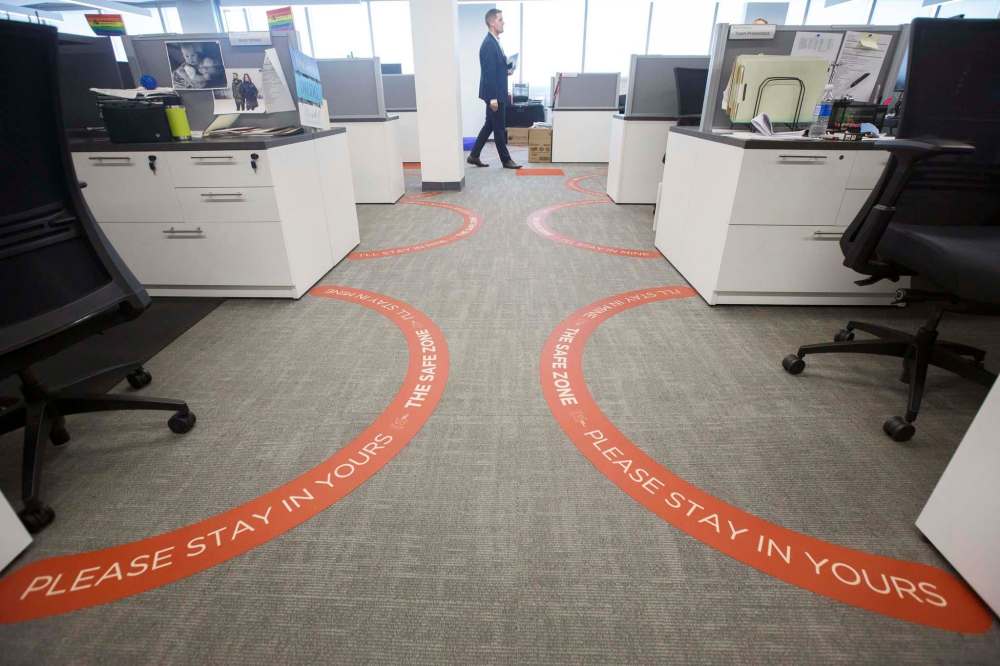
While offices have always had safe exit plans, COVID-19 has spurred the need for plans like Cushman & Wakefield’s: prepare the building for entry, control access, prepare the employees, create safe distance, improve cleaning, and communicate with employees.
In the office, signs on conference room windows indicate how many people can enter. Inside, tabletop decals read, “You can sit here.” Employee workspaces are enclosed by a semi-circular arc to prevent desk-to-desk visitation. Floor decals in the elevator show the two occupants allowed inside exactly where to stand. Hand sanitizer is everywhere a hand might be.
So far, across the company’s global network of properties, over 800 million square feet of retail, office and industrial workspace has been brought back online with similar strategies, DeGroot said. Now, the Winnipeg office is offering free spatial consultations to companies and businesses looking to do the same.
Bringing employees back into the office is a major challenge for reasons other than safety. According to a May poll by Robert Half Canada Inc., 85 per cent of Canadian workers who began working from home as lockdown policies began March have indicated they’d like to continue remote labour even after COVID-19 risk has passed.
But for some forms of work, a return to the physical place of business is imminent, with employers implementing either phased or full-fledged return orders. In order to do that without alienating an already stressed-out work force, strategies like Cushman & Wakefield’s are essential.
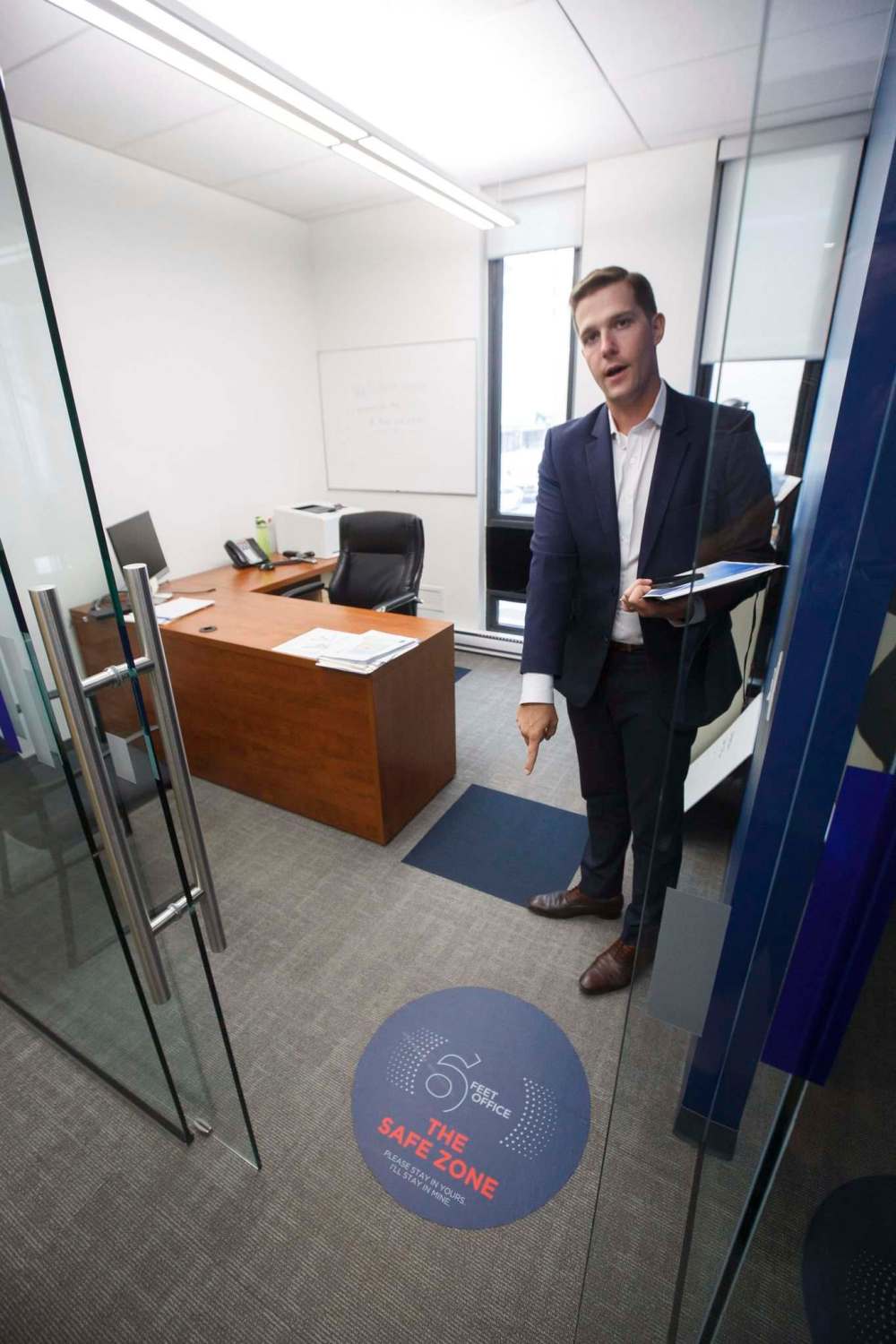
Writing in the Harvard Business Review, social science and management expert Scott E. Page explains that these strategies can’t be haphazard.
“In designing those changes, leaders should aim for a path-breaking strategy: creating behavioral protocols and built environments that break transmission paths,” Page wrote in July.
Of course, each workplace or business has unique challenges. The Winnipeg Art Gallery, for example, has a steady stream of public visitors, said Catherine Maksymiuk, WAG Head of Engagement and Advancement.
The WAG, which is working with Cushman & Wakefield on its yet-to-open Inuit Art Centre, was one of several local businesses to give the company’s free consultation a shot. Maksymiuk said recommendations were made on how to maximize the impact of signage and encourage that only guests who came together form clusters throughout the building.
DeGroot said that beyond making physical changes to the office or workplace, an additional challenge is for employees to make behavioural shifts: meetings that once might have been commonly held in close quarters don’t function the same way anymore; eating lunch at a coworker’s desk is no longer allowed.
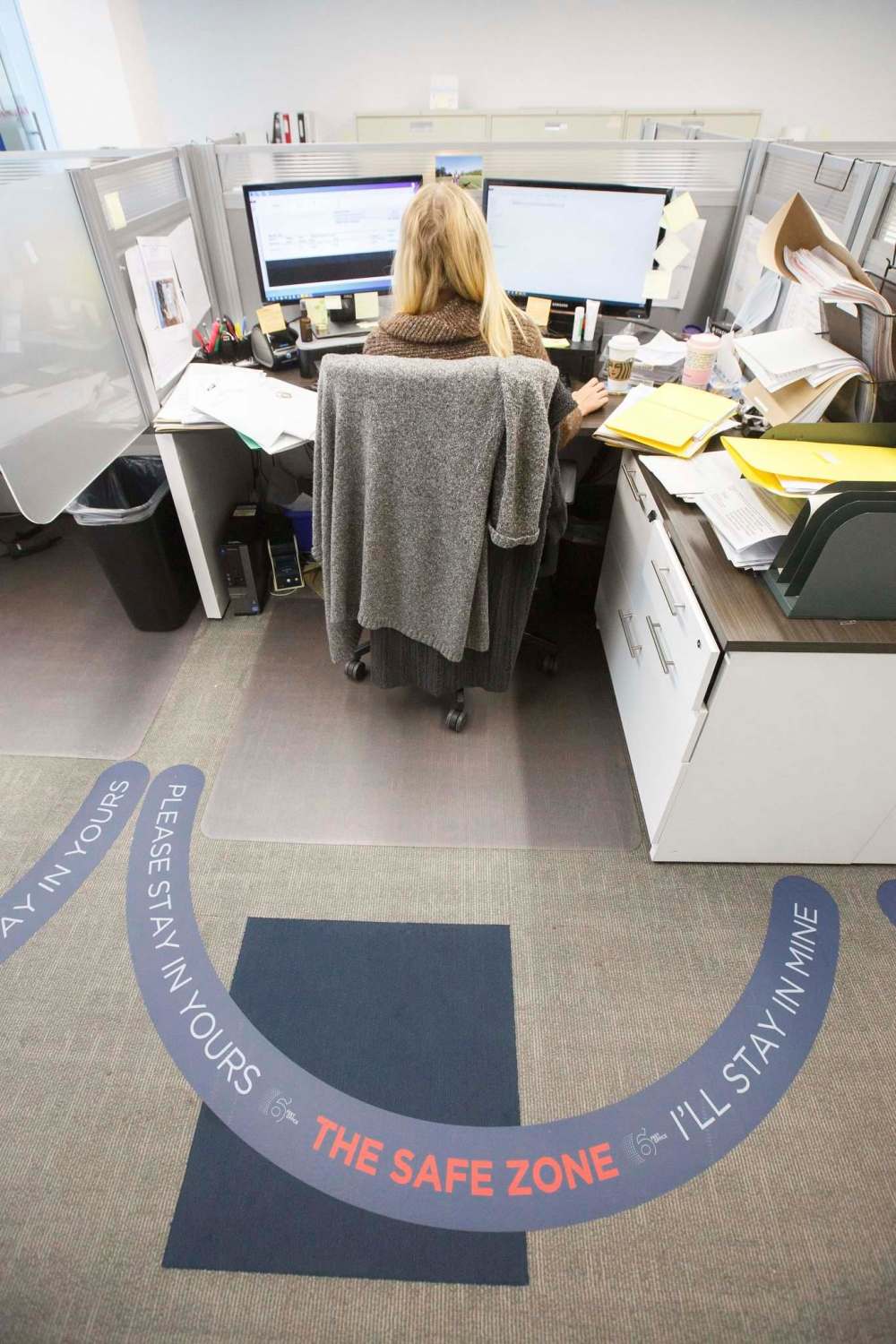
Just as there’s been in public places like grocery stores or at the airport, there’s a learning curve in the workplace.
While a reporter was in the Donald Street office, one employee was leaning on a coworker’s cubicle until DeGroot gave him a gentle reminder of the new office protocols.
“It certainly takes time, repetition, and a lot of reminders,” DeGroot said.
But the changes start with the employer building a framework.
“Successful strategies look beyond reducing the number of connections and think about disrupting the networks those connections create,” Page added in the Harvard Review.
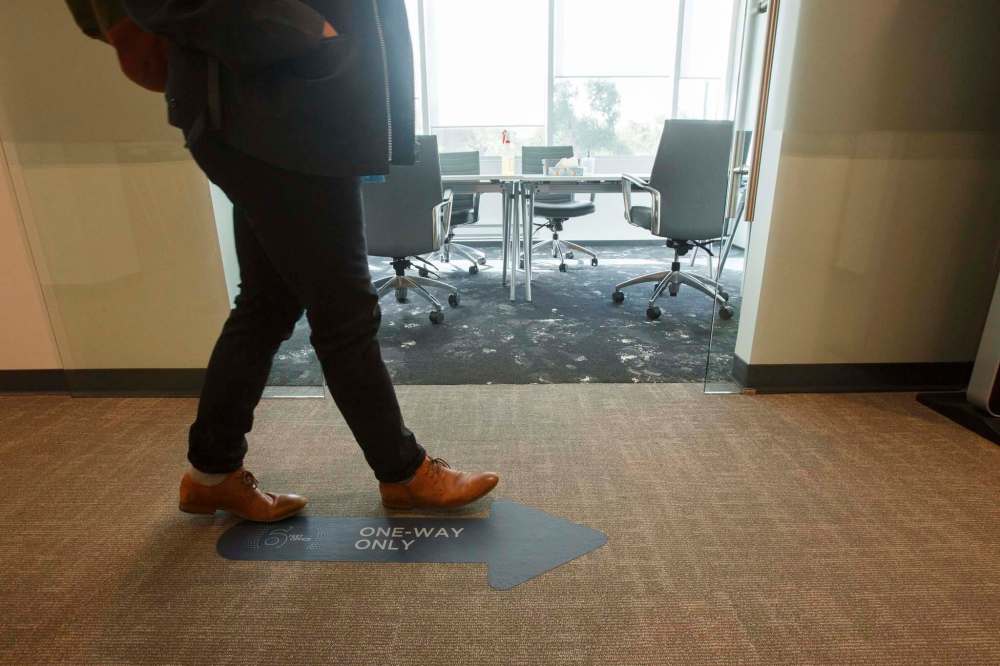
“While it is true that each intervention that reduces contact — be it contactless pizza pedestals, paper menus, or plexiglass barriers — will help, the most effective re-opening strategies will leverage path breaking ideas. The process of developing those strategies requires that you identify the networks between people and people and objects in your workplace and then start disrupting viral pathways.”
ben.waldman@freepress.mb.ca
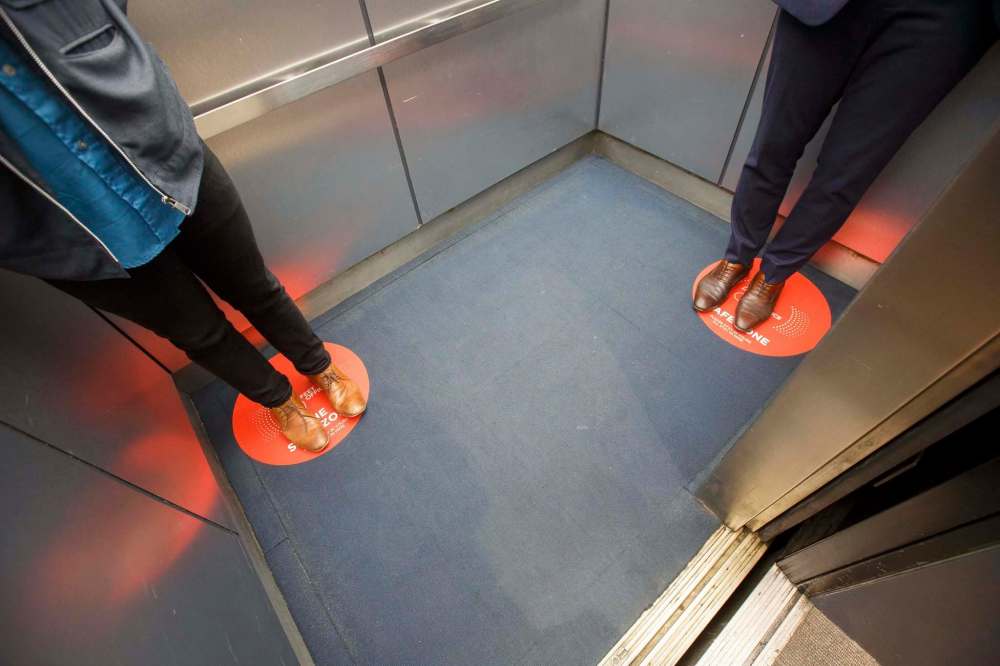
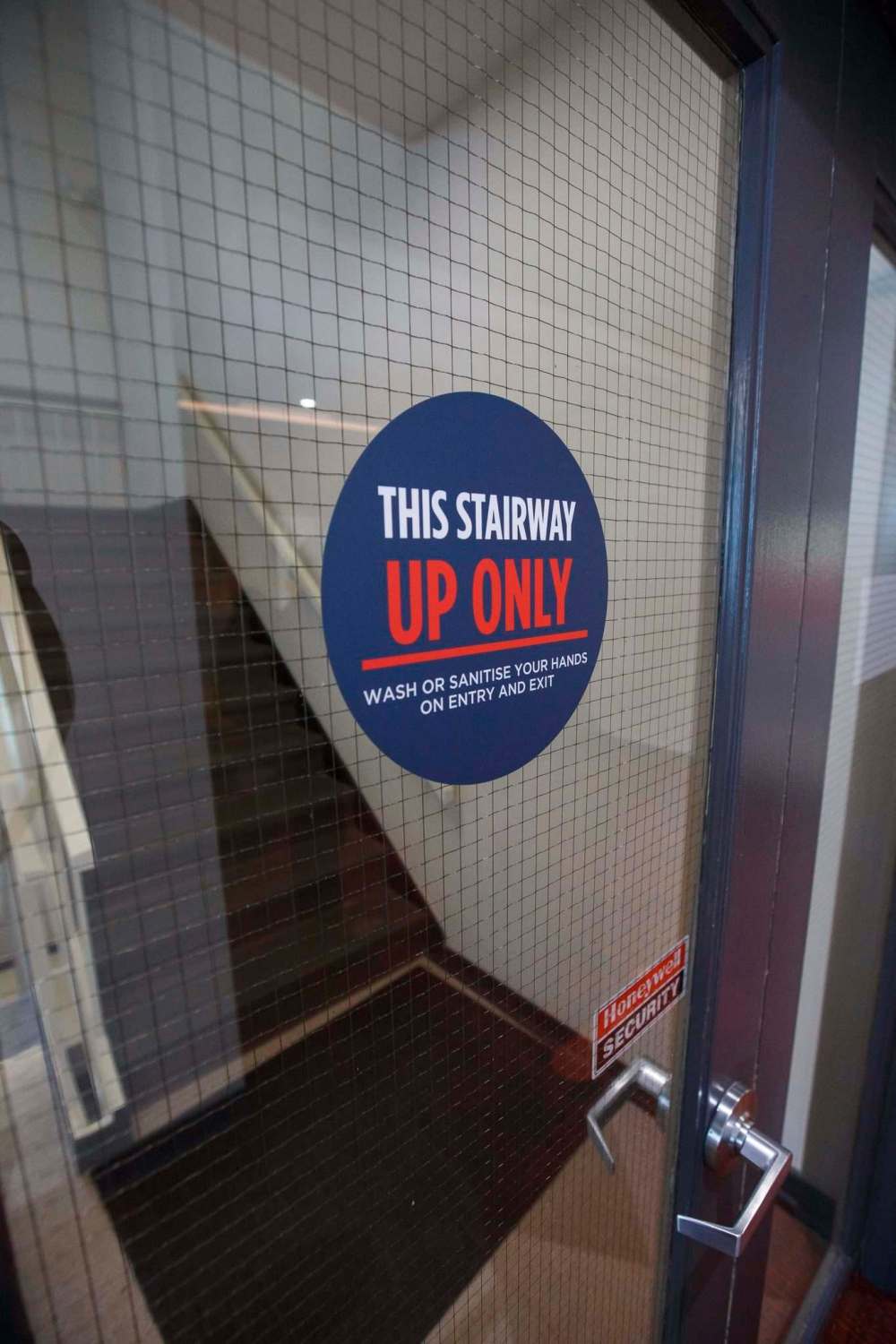
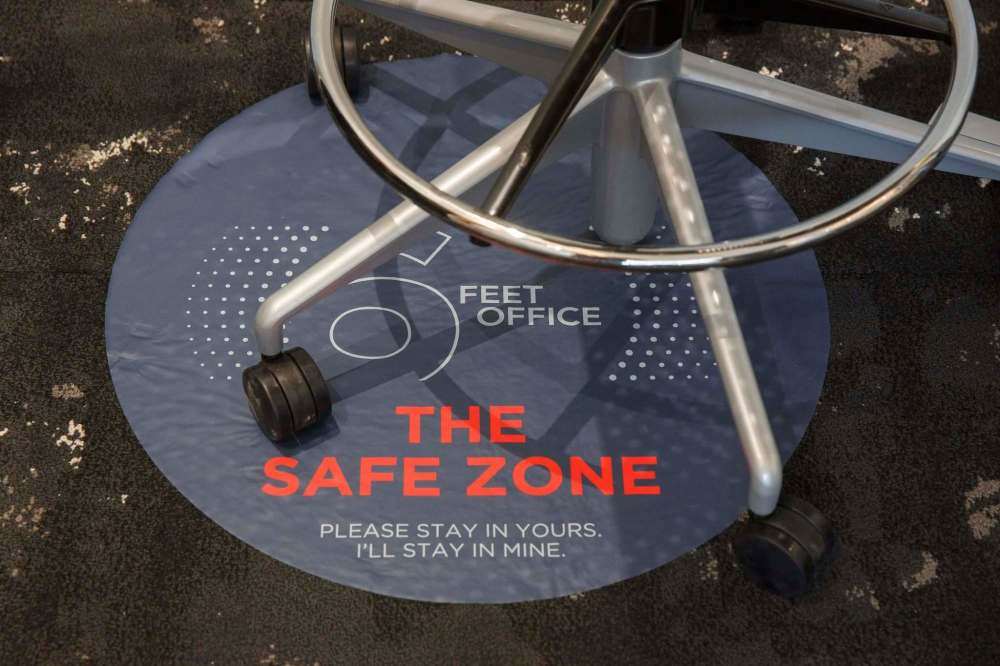
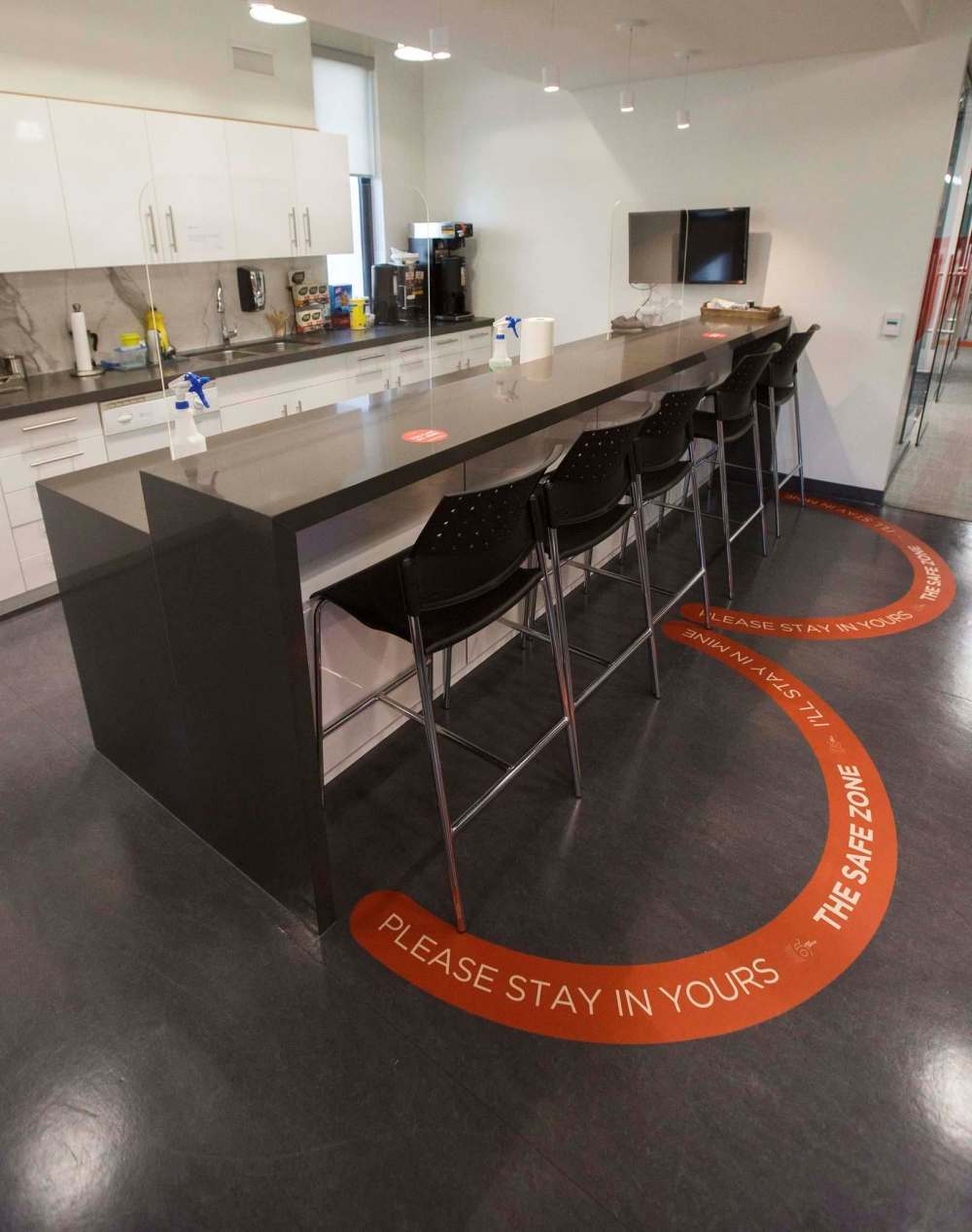
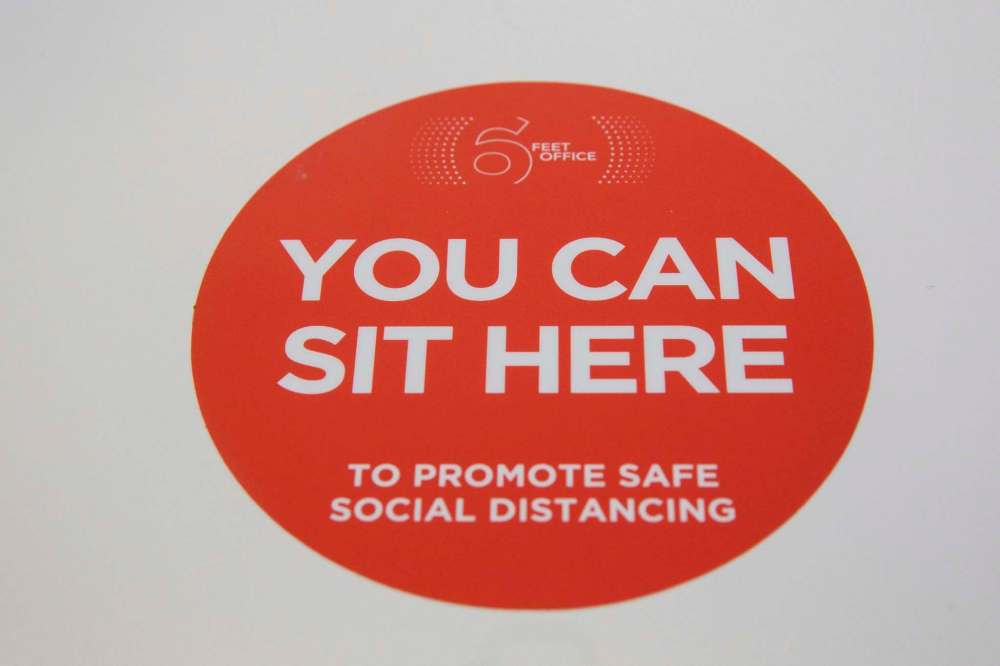

Ben Waldman is a National Newspaper Award-nominated reporter on the Arts & Life desk at the Free Press. Born and raised in Winnipeg, Ben completed three internships with the Free Press while earning his degree at Ryerson University’s (now Toronto Metropolitan University’s) School of Journalism before joining the newsroom full-time in 2019. Read more about Ben.
Every piece of reporting Ben produces is reviewed by an editing team before it is posted online or published in print — part of the Free Press‘s tradition, since 1872, of producing reliable independent journalism. Read more about Free Press’s history and mandate, and learn how our newsroom operates.
Our newsroom depends on a growing audience of readers to power our journalism. If you are not a paid reader, please consider becoming a subscriber.
Our newsroom depends on its audience of readers to power our journalism. Thank you for your support.
History
Updated on Monday, August 31, 2020 9:40 AM CDT: Corrects that Catherine Maksymiuk is WAG Head of Engagement and Advancement

